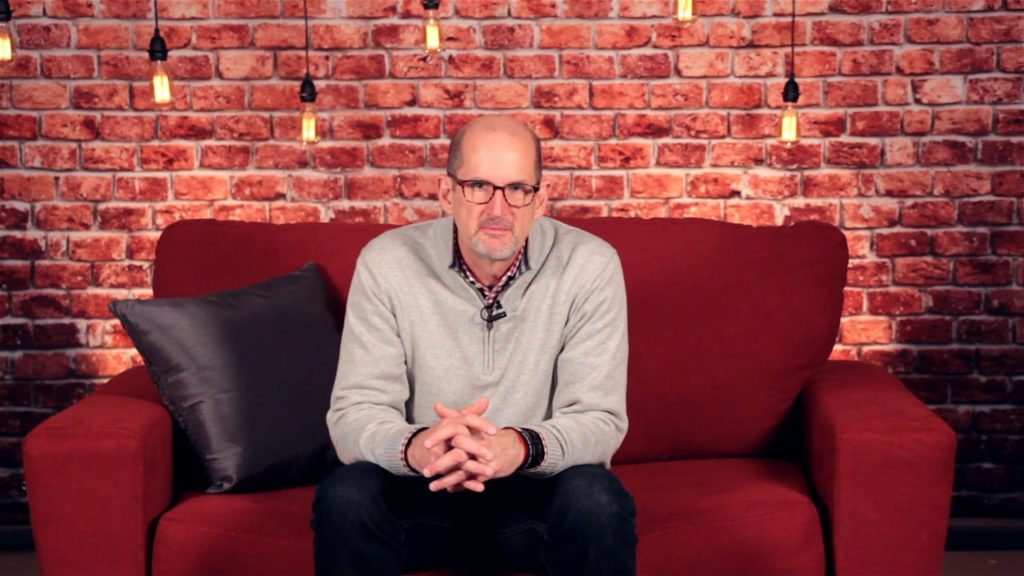There are few things more electrifying to me than to witness the transformative power of a single local church that is kingdom first in its priority and mission. To watch a church, guided by a burdened leadership, lay down its baser self-interests for her eternal kingdom calling of “going” and “making disciples” is truly joyful. It is these selfless churches, following in a tradition as old as the first century, that seem to gain the majority of kingdom ground. Sadly, many neighboring churches, absorbed in internal fascinations, seem to distance themselves from the harvest.
So the church throughout all Judea and Galilee and Samaria had peace and was being built up. And walking in the fear of the Lord and in the comfort of the Holy Spirit, it multiplied (Acts 9:31, ESV).
Multiplication has always been the highway to advance the gospel in any geography. New, evangelistically potent congregations always seem to materialize as churches take personally their commission to multiply disciple-makers. This natural order is at the very nature and reflex of the Great Commission and is being internalized by God’s people. Multiplication has always been the fruit of New Testament disciple-making.
Over the past two years, the questions that we began to ask at the Send Network include, “How can we assist churches and leaders who have a heart for multiplication to electively prepare disciples for the harvest? How can we help these churches to become, themselves, missionary-sending agencies?”
Why are these questions significant? Because honestly, for too many years, the resounding question of those who are interested in church planting is: “Where can we find a solid church planter?” Emails have bounced around from church to church, seeking to land a trophy, pre-prepared church planter. But the pool of pre-equipped and field-ready church planters has been well over-fished, and far too few seem to be concerned with the task of restocking the pond. We have largely been church planting by addition, not multiplication. And addition will never lead to movement.
What made the first-century church so powerful is that they never outgrew their obedience toward making disciples. Disciples made disciples, congregations multiplied, and kingdom movements issued from the simplicity of their obedience. The church was, by its very nature, a missionary-sending agency.
Today, there are only about 4 percent of churches in North American actually involved in church planting, meaning a vast majority are not intentional about discovering, developing, and deploying church planters. Part of the issue is that over the past 40 years, pastors have been dedicated to learning church growth instead of church multiplication. The problem with church growth is that it has an end. In some ways, it is even counter-biblical, because we are only replacing ourselves. The purpose of making disciples is not to keep them, but to send them. There must be a complete reorientation in how we view our success as disciple makers.
That is why I am so excited about this tool. The Church Planting Pipeline is a simple and systematic way that a local church can prepare leaders to become effective disciple-makers in a post-Christian world. By implementing this system in the heart of a church’s discipleship plan, they can prepare homegrown missionary teams that literally transform their communities. This puts the missionary movement back where it was always meant to be — in the local church.
Published December 19, 2017
